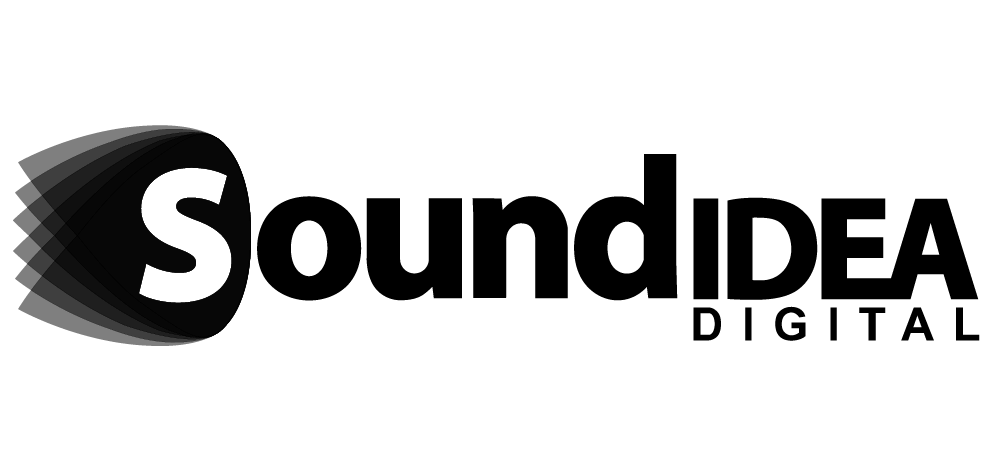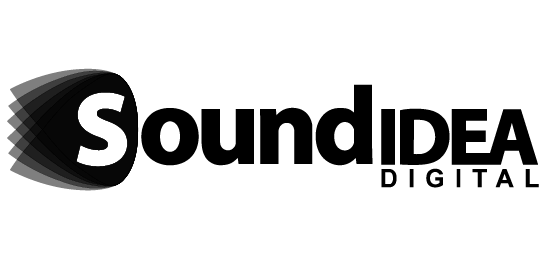
Choosing a Multimedia Content Provider for LMS in South Africa
The digital learning landscape has evolved rapidly, with technology reshaping how knowledge is delivered, consumed, and retained. In South Africa, the adoption of learning management systems has expanded across schools, universities, and corporate training programmes. A learning management system in South Africa provides the backbone for structured online learning, but its effectiveness depends heavily on the quality and relevance of the multimedia content it delivers. Multimedia does more than fill a system with information—it creates engaging, interactive experiences that resonate with learners and drive meaningful outcomes.
Selecting the right multimedia content provider is therefore a pivotal decision. The provider must not only supply engaging content but also understand the challenges faced by South African learners, such as data costs, linguistic diversity, and varying levels of digital access. A strong multimedia strategy tailored to local realities ensures that the investment in a learning management system in South Africa translates into long-term value for both educators and learners.
Gamification Techniques
Gamification involves using elements of game design, such as points, badges, leaderboards, and challenges, to motivate learners. These features appeal to people’s natural desire for achievement and recognition, transforming learning into an enjoyable and competitive experience. When learners see tangible rewards for completing modules or engaging with content, they are more likely to stay motivated and progress consistently through their courses. For organisations, gamification makes it easier to measure learner participation and foster a culture of continuous improvement.
For a learning management system in South Africa, gamification holds particular value in engaging younger audiences and employees who may be juggling multiple priorities. It provides the structure to reward progress and drive participation, while also building a sense of community around learning. A provider that can design culturally relevant and age-appropriate gamified content will add depth to the learning journey, making it more enjoyable and impactful for diverse groups of learners.
Interactive Educational Animations
Animations are powerful because they bring abstract ideas to life, using visuals and storytelling to simplify complex topics. Whether it is breaking down scientific processes or demonstrating workplace safety, animations make learning accessible to people who might struggle with dense text or technical jargon. A strong provider should create animations that are not only visually appealing but also aligned with local contexts, using relatable examples that resonate with learners.
In South Africa, where multiple languages and cultural perspectives shape the learning environment, contextually relevant animations can help bridge communication gaps. By incorporating familiar settings, characters, and situations, a provider can ensure that learners feel represented in the material. When seamlessly integrated into a learning management system in South Africa, animations enhance comprehension, maintain attention, and ensure that content is understood across different education levels and backgrounds.
Video Lessons and Microlearning Modules
Video-based learning has become one of the most widely adopted formats in digital education. Short, structured lessons allow learners to focus on key concepts without becoming overwhelmed, making them ideal for busy professionals and students alike. Microlearning, which delivers content in bite-sized modules, complements this by offering flexibility and accessibility. Together, videos and microlearning modules improve retention and cater to varied learning paces.
In the context of a learning management system in South Africa, video content is especially valuable because of the widespread use of mobile devices. Providers that can optimise videos for low bandwidth environments, while still delivering quality learning, can reach learners in both urban and rural areas. By offering learners the ability to revisit specific video lessons at any time, providers ensure that knowledge is reinforced, promoting long-term retention.
Simulation-Based Learning
Simulation-based learning allows learners to apply theory in controlled, virtual environments. By recreating real-world scenarios, simulations provide safe opportunities to practise skills that would otherwise carry risk or cost. From healthcare procedures to technical skills in industries like mining and engineering, simulations offer hands-on experience that builds confidence and competence.
For organisations integrating this into a learning management system in South Africa, simulation-based content supports workforce readiness and practical education. Providers that specialise in immersive and interactive simulations ensure that learners can prepare for workplace demands without disruption. This approach aligns with South Africa’s emphasis on skills development, helping learners transition from theory to practice in an impactful way.
Quizzes and Knowledge Checks
Assessments play a critical role in reinforcing learning. Quizzes and knowledge checks provide learners with immediate feedback, helping them identify areas of strength and areas that need improvement. They also allow instructors and administrators to track progress, ensuring accountability throughout the learning journey. A multimedia provider should embed quizzes into content at logical intervals, creating opportunities for learners to test their knowledge continuously.
When incorporated into a learning management system in South Africa, quizzes add an interactive dimension to courses while producing measurable data on learner outcomes. This helps organisations demonstrate compliance, track performance, and ensure that learning objectives are being met. Providers that design engaging, scenario-based assessments will ensure that learners are not just memorising content but actively applying it.
Mobile-Friendly Multimedia
With mobile phone penetration expanding across South Africa, mobile-friendly learning has become non-negotiable. Many learners access content primarily through smartphones, making it essential that all multimedia—whether video, animation, or simulation—functions seamlessly across different devices. Providers must ensure responsive design, intuitive navigation, and lightweight content that works in low-bandwidth conditions.
Incorporating mobile-optimised content into a learning management system in South Africa makes learning accessible to people who may not own laptops or have reliable broadband connections. Mobile-friendly multimedia expands reach, ensuring inclusivity by accommodating diverse access levels. For learners on the move, mobile-first solutions enable continuous learning anywhere, anytime.
Customisable Content Integration
Every learning environment is unique, with specific goals, objectives, and audiences. A strong multimedia provider should offer customisation options, enabling organisations to align content with their curriculum, training requirements, or business objectives. Localisation, including translation and cultural adaptation, is particularly important in South Africa, where the diversity of learners is reflected in the country’s 11 official languages.
A learning management system in South Africa benefits significantly from customisable content because it ensures relevance and alignment with local standards. Providers that deliver flexible, adaptable content can support both educational institutions and businesses in creating meaningful experiences that reflect their learners’ contexts. This makes the system more valuable and sustainable in the long run.
Offline Multimedia Access
Connectivity challenges remain a reality in many parts of South Africa, particularly in rural areas where internet infrastructure is limited. Offline access ensures that learners can download videos, animations, and interactive modules for use without an internet connection. A multimedia provider that prioritises offline access creates opportunities for equitable learning across socio-economic divides.
For a learning management system in South Africa, offline access is essential in bridging the digital divide. It prevents learners from being left behind due to high data costs or unreliable connectivity, enabling consistent learning experiences across the country. This feature ensures that the benefits of digital education extend to everyone, regardless of location.
Analytics of Multimedia Engagement
Data-driven insights are crucial for improving learning outcomes. Analytics track how learners interact with content—measuring completion rates, quiz performance, and time spent on modules. This information allows educators and organisations to personalise learning paths, identify struggling learners, and refine course design.
By integrating analytics into a learning management system in South Africa, organisations can create adaptive learning experiences tailored to individual needs. Providers that deliver robust analytics tools empower decision-makers with the evidence needed to enhance teaching strategies and prove the effectiveness of training programmes.
Collaborative Multimedia Tools
Collaboration enhances the learning journey by promoting peer-to-peer interaction and collective problem-solving. Multimedia content that integrates tools such as discussion forums, peer feedback, and group challenges encourages learners to share knowledge and support one another. These elements build a sense of community, making learning more engaging and socially rewarding.
When embedded in a learning management system in South Africa, collaborative tools replicate classroom dynamics in an online environment. They are especially valuable in remote learning contexts, where maintaining connection and communication is critical. A provider that supports collaborative multimedia strengthens both individual learning and group cohesion.
The decision to choose a multimedia content provider should not be taken lightly. Each element—from gamification and animations to simulations, quizzes, mobile access, and analytics—contributes to the overall success of a learning management system in South Africa. The right provider will not only deliver engaging and accessible content but will also align with the unique challenges and opportunities of the South African landscape.
At Sound Idea Digital, we specialise in developing interactive multimedia content that transforms learning experiences. Our solutions are designed to integrate seamlessly into your learning management system in South Africa, ensuring relevance, engagement, and measurable results. Contact us today to learn how we can help you create learning content that empowers your organisation and supports your learners.



